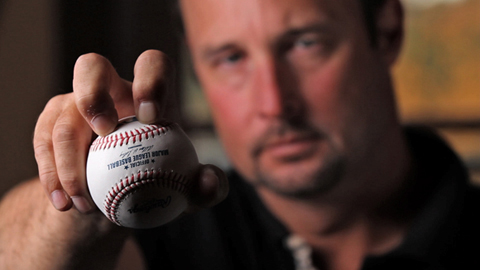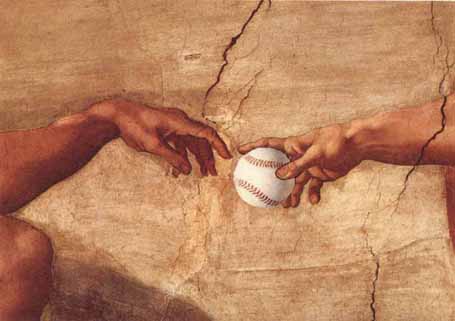
It seems that professional athletes are staying in the game longer than ever before. Take Tom Brady for example, who at 41 is practically a Methuselah by NFL standards.
Improved healthcare and fitness training take some of the credit for this career-extending miracle, of course. But just as important is the ability for old dogs to learn new tricks.
Take the knuckleball for example. It’s a favorite tool of the Sox’s own Steven Wright, who is finally starting to show his age. Yet his pitching remains solid, thanks largely to his knuckleballing skills.
Wright is far from alone. Recently retired pitcher RA Dickey credits the knuckleball with taking his record from so-so to solid.
Not everyone loves the knuckleball, of course. Umpires and catchers despise the pitch, since it makes their jobs much harder. Pitchers themselves sometimes regard the k-ball as forbidden magic, an unnatural way to extend a player’s career long after it should have expired.
So what makes this sneaky pitch so despised yet so effective? The secret comes down to a little science, a lot of skill, and some clever insight into what makes a baseball do the things it does.
It’s not Stargazing, it’s Baseball
As you read these words, the earth is whizzing around the Sun at 67,000 miles per hour. That’s more than 100 times as fast as a high-speed jet. Yet you’re able to go about your business without getting whipped around like a stone in a sling.
Why? One reason is because the earth spins on its axis once every 24 hours. This helps to keep things smooth and stable here on good old terra firma.
Spin is also what a baseball usually does once it leaves the pitcher’s hand. The knuckleball turns this basic scientific principle on its head. Rather than rotating 10-12 times during its flight, a well-delivered knuckleball might only rotate once or twice.
As a result, the ball is wildly unpredictable. It may come directly at the bat, only to veer away at the last possible moment. It might arc up and then down, to the left then to the right. A skilled knuckleballer can keep the ball just within the strike zone while still eluding a seasoned batter.
The inherent instability of a knuckleball makes predicting the game’s outcome a challenging task indeed. This uncertainty of result affects not only the average fan but also many bookmakers’ websites like FoxBet, who might have a hard time predicting the final score, since almost anything can happen between the pitcher’s hand and home plate.

Learning a Whole New Bag of Tricks
One reason why knuckleballs are less common than you may think is because of the unique mechanics of the pitch. The ball is gripped on its non-seamed surface by the pitcher’s middle and index finger. As for the pitcher’s hand, it stays behind the ball instead of on top.
This results in the ball being lobbed through the air straight forward, similar to what a shot-putter does during track and field events. The seams of the ball add to its aerodynamic instability.
This approach to pitching is a radical departure from conventional form. It requires pitchers to learn an entirely new set of skills, often when they’re well into their career. In Dickey’s case, the switch made him a different type of pitcher entirely.
Perhaps this explains why the knuckleball is so controversial. We expect the people in our lives to act in predictable ways, even if they’re on the opposing side. We become flustered when they do things we don’t expect, like throw sneaky pitches.
Still, part of being a professional athlete is to expect the unexpected. This means that the knuckleball will probably be with us for as long as the game of baseball exists. That’s welcome news, not only for knuckleballers but for everyone who loves this great sport. So batter up!
